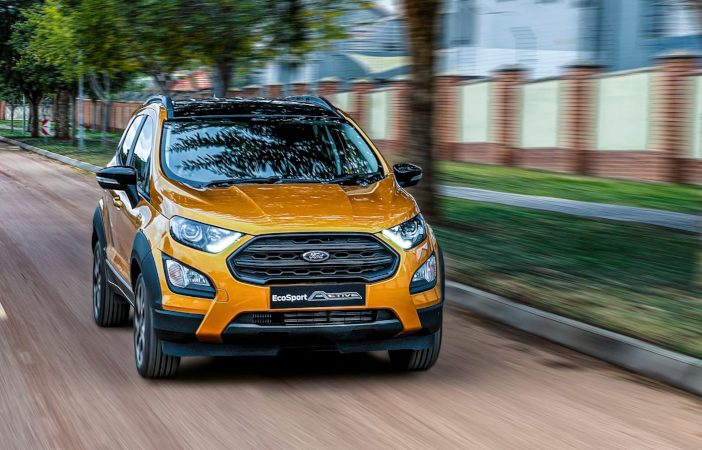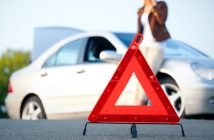While rushing between school runs, meetings, or even hitting the open road for a weekend away, it’s possible to become an easy target for hijacking and other criminal activities when driving. It’s important to stay alert when behind the wheel in order to pre-empt possible scenarios while also taking in your surroundings to ensure safety.
Charlette Roetz, Head of Marketing at Tracker, says that anyone can be vulnerable when travelling in their car. “We often drive alone as we go about our day-to-day tasks. But simply locking our car doors is no guarantee that we’ll arrive at our destination safely, so it’s important to err on the side of caution and plan our trips accordingly.”
PriceCheck tip: Connect your vehicle with smart features thanks to Apple Car Play and Android Auto compatable infotainment systems.
Below are 10 tips to improve your safety on the road and to keep your friends updated on your travel status – these tips are easy to follow and suited to drivers of all ages.
1. Share your journey through a vehicle tracking app on your smartphone with a friend or family member. This is an easy way to keep them updated without having to take several phone calls whilst driving to find out your estimated time of arrival. Invest in a mobile emergency panic button that can be used to alert your friends and family in the event of an emergency.

PriceCheck tip: Find seat covers and other interior accessories for your car on PriceCheck.
2. Plan your trip in advance. Know how long your drive will be and if there are roadworks, so you can gauge if you need to find a different route and ensure you arrive timeously.
3. Have enough fuel or a full tank. Ensure you have enough fuel to get you through your journey without having to make any unplanned stops. If you’re heading on a long journey through deserted areas, then consider taking a full fuel jerry can with you in case of an emergency when you can’t find a petrol station.
PriceCheck tip: Add a magnetic phone holder in your car to keep your phone safe and in sight, rather than falling under the seat.
4. Invest in roadside assistance from a trusted provider. When driving alone, it’s always risky to pull over on the side of the road when your car breaks down, to change a tyre, or check on a strange noise coming from your car. By subscribing to a personal armed response service and a roadside assistance service, they can be at your side to guard your safety until you are back on the road. Make sure you also have the right roadside assistance gear you need in your car in the event of a breakdown.

5. Plan your breaks. When pulling over to refuel or stretch your legs, ensure you’re safe by aiming for high-traffic areas such as reputable forecourts where other travellers will be stopping to rest too – they also have cameras for extra peace of mind.
6. Do a pre-road trip safety check. Before you jump in a car or embark on a road trip, ensure your car is running properly, check your tyres and make sure your phone is fully charged in case you need assistance. Ensure you have all the car safety accessories and equipment you need.
7. Lock your doors. Remote jamming is on the increase, so always double-check that your doors are actually locked when you park, and when coming back to your car, check the back seat before getting in.
8. Use your wits at intersections. Consider how far to stop behind a vehicle to ensure you can easily manoeuvre past them in case of an emergency, and always keep an eye on your surroundings when stopped.

PriceCheck tip: Driver’s Guide to Helping your Car’s Tyres Save You Money on Fuel
9. Have assistance on hand in the event of an accident. Certain subscribed services offer impact detection capabilities that can alert a trusted partner to your predicament. Assistance can then be dispatched to you without needing to call for it, especially in the event you are rendered unconscious or cannot fend for yourself.
10. Ensure you have access to your children in the backseat. During a hijacking or accident, parents with small children or babies will need access to their children quickly. If you’re travelling with one child, seat them directly behind you to make it easier to help your child out of the car. If you are travelling with two or more children, seat the eldest child behind you, and teach them how to loosen their seatbelts and assist their younger sibling while you make your way to them quickly.




